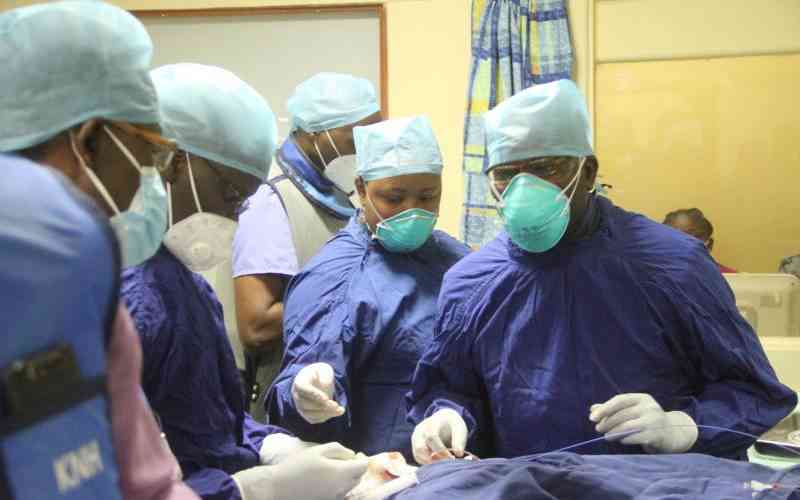More than half of the average 8,000 children annually born with HIV in Kenya die because of delayed relaying of results on their viral load and inefficient testing methods.
According to the Kenya HIV Progress Report, 2018, which was released by the National Aids Control Council, some 4,300 children under the age of 14 died of Aids last year.
Now a report by the joint United Nations Programme on HIV/Aids (Unaids) explains that 49 per cent of infants born in Kenya from HIV positive mothers are either not tested or if they are, results of the tests delay.
The waiting time, according to Knowledge is Power, the report, is about 29 days.
This is despite the report indicating that 100 per cent of the specimens taken from the infants is delivered to health practitioners attending to the infants.
The UNAids report notes that in developing countries virological testing technologies are often only available in centralised reference laboratories.
The report recommends considerate infrastructure and training as well as good transport networks for the delivery of specimens to laboratories.
“The process of transporting samples to central laboratories, batching blood samples for testing to cetralised labs and returning the results to testing sites creates long delays between the time blood sample is collected and when result is received,” it reads.
Unfortunately, as the November report notes, the said constraints are not limited to remote areas.
Even in urban areas close to laboratories, turnaround times can stretch three to four months. This is past the time period of peak mortality — and the proportion of results returned can be as low as one in five.
“The result is a delay in initiating treatment — or a complete failure to initiate it — and high levels of infant mortality,” the report warns. “High rates of HIV drug resistance have been observed in infants, children and adolescents.”
The genesis of this challenge, as UNAids indicated, cannot be solely blamed on countries' inefficiencies in their programmes. For long, linking children to treatment following HIV infection and diagnosis has been challenging. “HIV treatment services are usually designed for adults and tend to lack consideration of the specific needs of younger people (children and adolescents),” the report says.
 The Standard Group Plc is a multi-media organization with investments in media platforms spanning newspaper print
operations, television, radio broadcasting, digital and online services. The Standard Group is recognized as a
leading multi-media house in Kenya with a key influence in matters of national and international interest.
The Standard Group Plc is a multi-media organization with investments in media platforms spanning newspaper print
operations, television, radio broadcasting, digital and online services. The Standard Group is recognized as a
leading multi-media house in Kenya with a key influence in matters of national and international interest.











